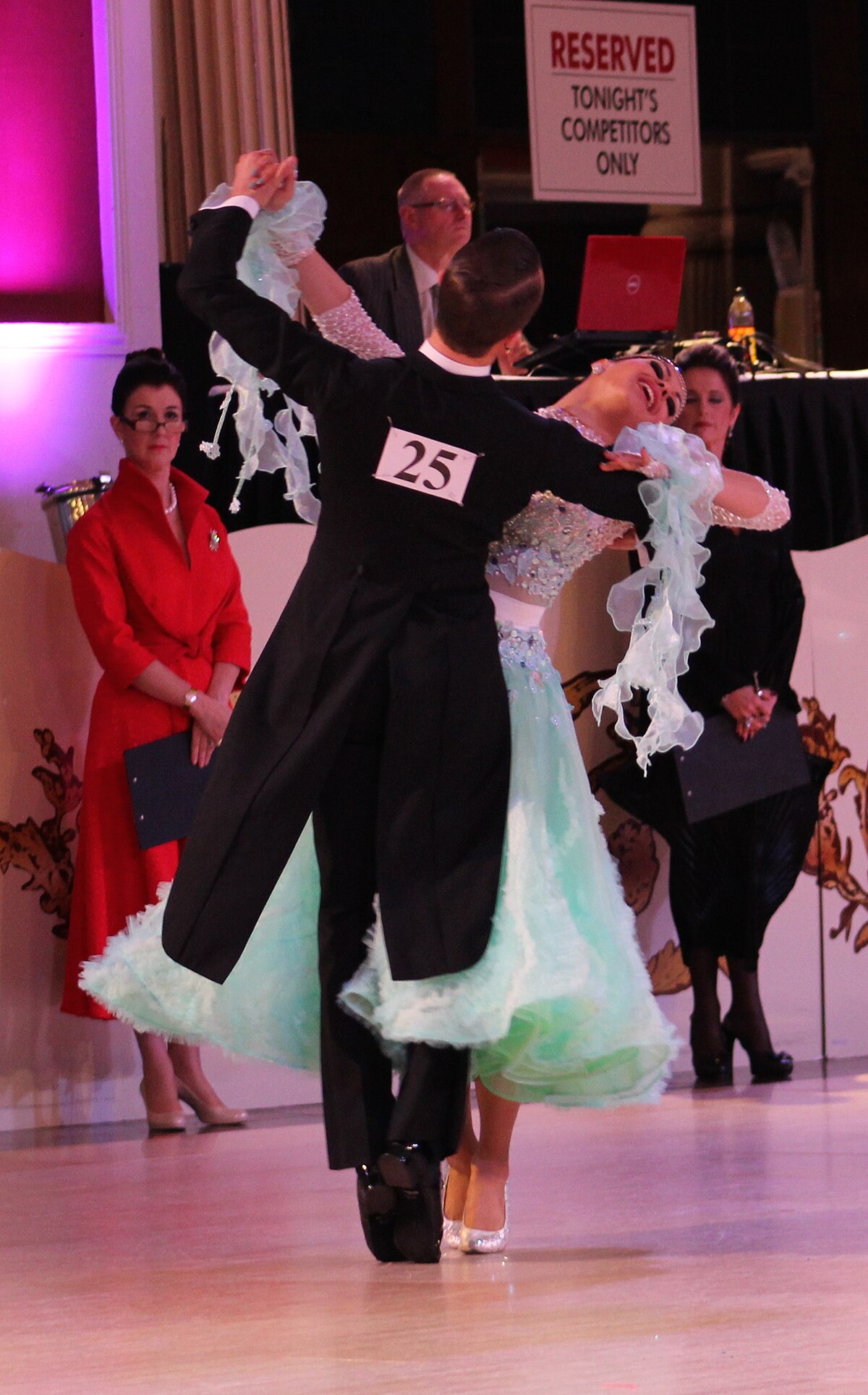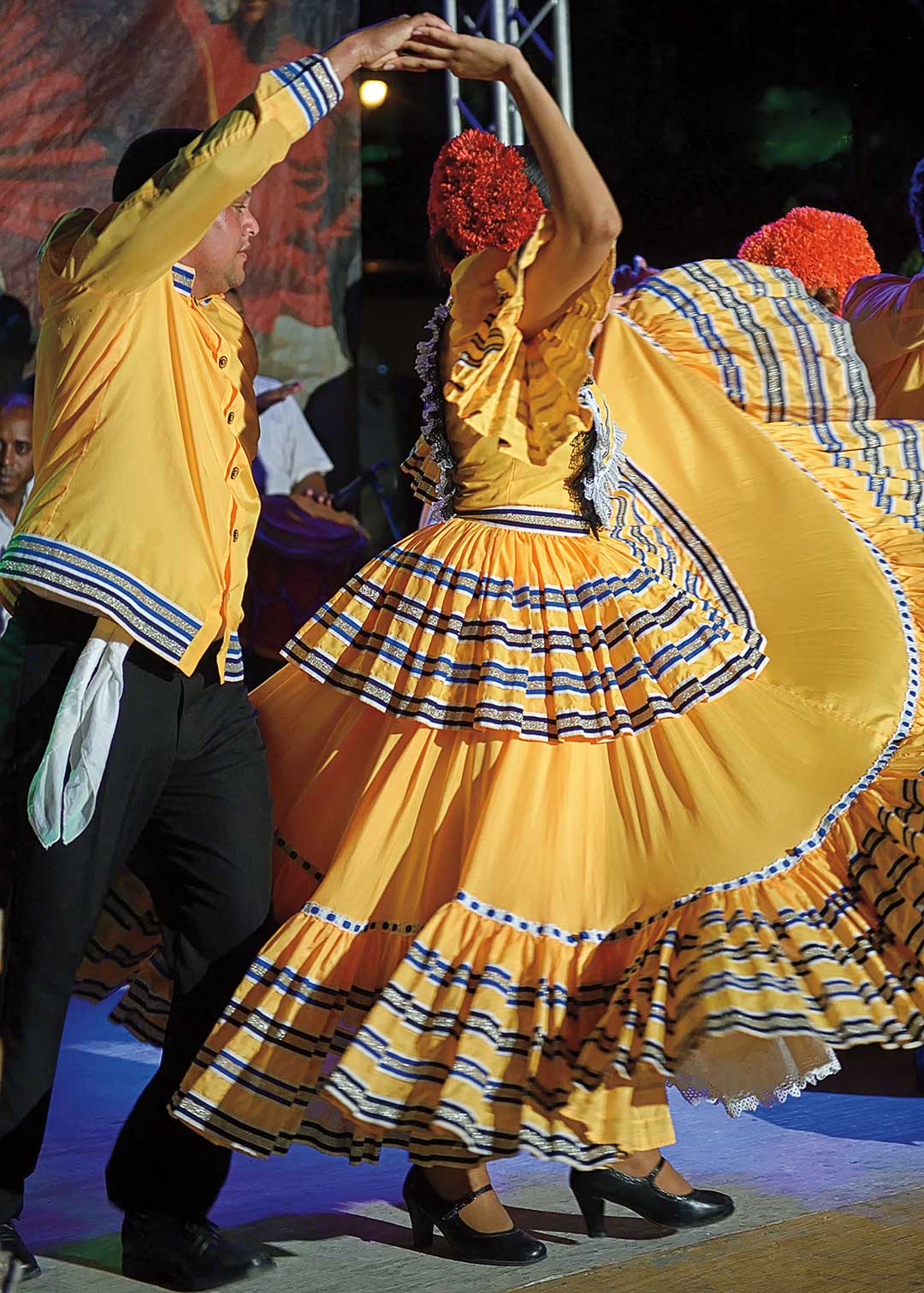Dance Fridays Fundamentals Explained
Table of ContentsGet This Report about Dance FridaysDance Fridays Things To Know Before You Get ThisDance Fridays - An OverviewThe Greatest Guide To Dance Fridays
The term "salsa" was coined by Johnny Pacheco in the 1960s in New york city, as an umbrella term for Cuban dancing songs being played in the city at the time. Salsa as a dancing emerged not long after, being a combination of mambo (which was prominent in New York in the 1950s) as well as Latin dances such as Child and Rumba As American dancings such as swing and tap.
The standard Salsa dance rhythm contains taking three actions for each four beats of songs. Salsa dancers can likewise disintegrate to dance solo, referred to as "sparkles". The 2 primary designs of salsa are linear and round. In linear salsa, dancers remain in their "slot", switching over places from one side of the port to the various other, comparable to West Coastline Swing New Yorkstyle salsa and LA-style salsa are both danced this means.

The Only Guide for Dance Fridays
Salsa dancing is an international dance that can be discovered in a lot of city cities worldwide - https://issuu.com/salsacrazysf1. Events are held annually, frequently called a Salsa Congress, in various host cities aimed to draw in a range of salsa dancers from various other cities and nations - salsa crazy. The occasions bring dancers with each other to share their interest for the dance, construct community, and share moves and pointers
Video demonstrating salsa dancing fundamentals Over the years, many different designs of salsa dance have advanced around the globe. Including other dancing designing strategies right into salsa dancing has actually also become usual, with dancers of one design integrating designs and motions of others to create brand-new fusions of dance styles.

Among one of the most influential figures in New York design salsa is Eddie Torres - salsa crazy (understood as "the Mambo King"), who is attributed with aiding to define the on 2 salsa timing (based on mambo) and assisting to promote it by teaching it in dance studios in New york city and with very early instructional tapes
Not known Details About Dance Fridays
LA design salsa is danced in a line or "slot" with dancers trading settings throughout the dance, unlike Cuban salsa which is danced in a more circular style.
In this pattern, the leader advances on 1, steps to the precisely 2-3 while turning 90 levels counter-clockwise (dealing with to the left), leaving the slot open. https://www.provenexpert.com/dance-fridays2/. The follower then steps simple on 5-6 and switches on 78, while the leader makes an additional 90 degrees counter-clockwise and a little onward, returning right into the port
The "Vazquez Brothers" (Luis Vazquez, Francisco Vazquez, and Johnny Vazquez) are credited for the very early growth and development of LA Style. Luiz Vazquez was the founder of Los Angeles's very first salsa dancing team, Salsa Brava.
Later professional dancers such as Alex Da Silva, Christian Oviedo, and Liz Lira are additionally attributed with developing the LA style of dancing as we understand it today. [] In Cuba, a popular dance called Gambling establishment was marketed as Cuban-style salsa or Salsa Cubana abroad to distinguish it from various other salsa styles when the name was promoted globally in the 1970s.
Dance Fridays Can Be Fun For Anyone
The name Gambling establishment is originated from the Spanish term for the casino, "Gambling establishments Deportivos" where much social dancing was done amongst the better-off, white Cubans during the mid-20th century and forward. Historically, Casino site traces its origin as a partner dancing from Cuban Kid, Cha Cha Cha, Danzn and Guaracha.
This implies that no action is tackled the first and 5th beats in each clave pattern and the 4th and eighth beat are emphasized. In this means, instead of complying with a beat, the professional dancers themselves contribute in their movement, to the polyrhythmic pattern have a peek at this site of the music. At the exact same time, it is usually danced "a tiempo", although both "on3" (originally) and "on1" (nowadays).